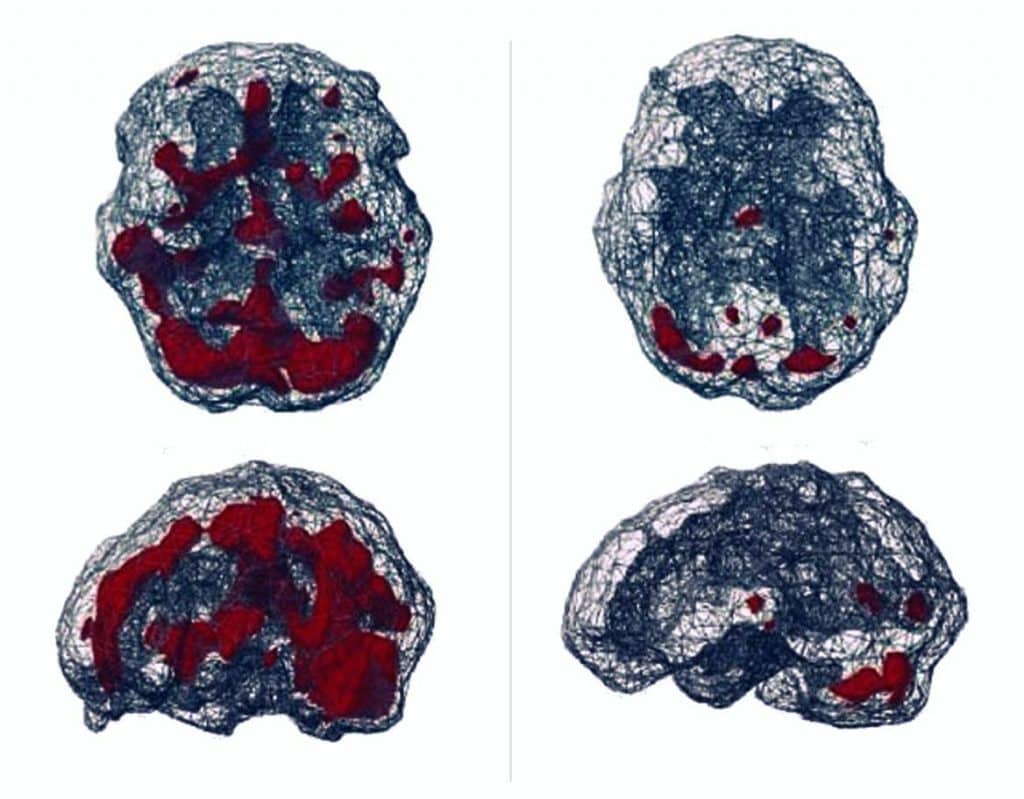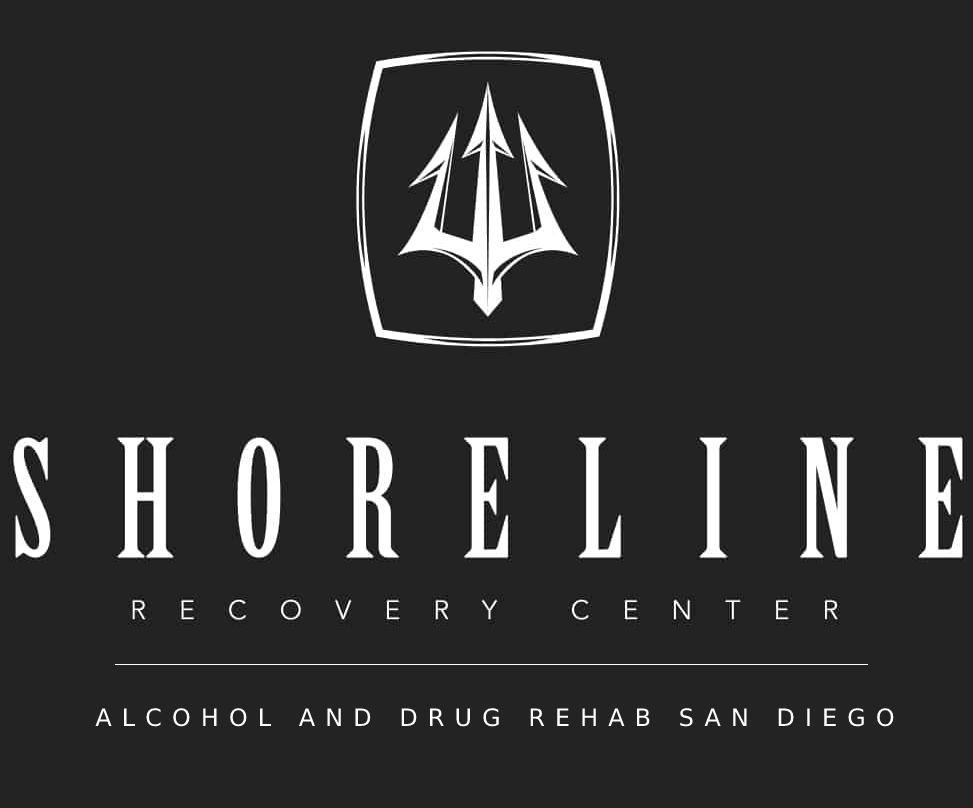EMDR therapy, medically known as Eye Movement Desensitization and Reprocessing therapy was initially designed to alleviate the stress and negative feelings associated with traumatic memories alongside treating a variety of disorders, including:
- Depression
- Anxiety
- PTSD (post-traumatic stress disorder)
- Chronic pain
- Phobias
Eye Movement Desensitization and Reprocessing therapy is a non-traditional, reasonably new type of psychotherapy which has become rather popular within recent years.
As a patient who is going through eye movement desensitization therapy, it is likely that you will be encouraged to relive the specific event that triggers the disorder whilst being under supervision of a professional therapist. During this timeframe, the medical professional conducting the session will start to adjust the patient’s eye movements through various techniques in order to redirect your attention. Triggering these types of psychological responses to past trauma should never be done without a trained professional.
The diversion of eye movements entices the brain to focus on the movements being made over the emotional trauma the brain will be attempting to relive. As a result, this will decrease the emotional and psychological response, allowing the mind to dive deeper into your traumatic past but without reliving the full extent of negative repercussions.
Each medical professional will use the patient’s natural rhythmic eye movement and pace so that nothing will feel forced or unnatural. Depending on the therapist and extent of the traumatic response, a variety of professionals will introduce a tapping sound to divert your mind further.
How long does EMDR therapy take to work?
Each individual reacts differently to EMDR therapy, but as a general rule, a typical session will last anywhere between 60-90 minutes. Getting to the bottom of a traumatic memory and completely rewiring your brain can take anywhere between three to twelve sessions. Within the process of Eye Movement Desensitization treatment, there are eight phases you will go through, the first will be treatment planning and patient history.
Phase 1: Treatment planning and patient history
Within the first steps of EMDR therapy, the medical professional will be evaluating the client’s profile. The number one goal within phase 1 is to learn as much about their patient, including their ability to tolerate exposure to distressing memories. A crucial step to take to ensure the patient is not pushed too far during therapy sessions.
Phase 2: Preparation for EMDR therapy
During phase 2, the medical therapist will establish a calm and positive relationship with the patient. There needs to be a certain amount of trust between the patient and the therapist for the preferred outcome. The professional not only needs to create a positive and trustworthy connection but also be able to communicate the concepts of the EMDR therapy session. The therapist will talk the patient through coping mechanisms to help when the therapy begins, including hand signals or gestures for the professional to stop if it becomes too much.
Phase 3: Patient assessment
During this stage, the medical professional will identify the exact traumatic memory that causes negative symptoms for the patient. The professional needs to understand every minute detail of the event to successfully breakthrough with the patient.
Phase 4 – phase 7 are crucial steps for the patient to have a successful breakthrough. The therapist and patient will work together within these steps to alleviate the mental and physical pain the patient will go through when triggered.
Phase 4: Desensitization
The desensitization phase is critical to the therapy having a successful outcome. This is the stage which will involve teaching the patient how to reduce their reaction to the traumatic memory; this will include physical sensations that can occur when triggered, such as:
- Profusely sweating
- Mild to severe stomach problems
- Rapid heart rate
- Nausea
The therapist encourages the patient to talk through their traumatic experience whilst redirecting the main focus of their brain through eye movements.
Phase 5: Installation
The goal during this stage is to instil positive thoughts and increase the overall strength of the individual. The end goal is not to make the patient forget the experience but to be able to deal with situations when they are triggered and not become so overwhelmed with negative feelings that they both mentally and physically shut down.
Phase 6: Patient body scan
Phase 6 is a meditative technique where a medical professional will scan the patient’s entire body to ensure that there are no re-occurring physical sensations when they are reliving their traumatic event.
Phase 7: Therapy closure
At the end of every treatment session, there is a closure section. This is to ensure the patient leaves every session they attend feeling happier, less weighted down and overall, more optimistic about the situation and future.
Phase 8: Re-evaluation of the patient
The next session will always start with a re-evaluation. The therapist will evaluate the patient’s current psychological state and go forward with how they believe the patient is improving.
Does EMDR work long term?
As stated, the majority of EMDR sessions will usually last between 60 – 90 minutes. Depending on the type of trauma and how severely you have been affected will determine how many sessions are needed. While the majority of individuals will only need three sessions, others may need up to 12 sessions to reprocess all negative memories of the traumatic event completely.
In the image below, you can see the brain from two different angles on the same person. The left image is the brain before EMDR therapy, and the right is after a completed session. The red areas show unhealthy, harmful activity; the brain is not functioning at full capacity. On the right, the red is almost completely gone, indicating that the therapy is in the stage of being entirely successful.

Through the successful use of EMDR therapy, therapists can alter the brain function and completely turn negative beliefs and thoughts into positive behaviour. This type of treatment can transform a person’s life entirely and is supported by scientific studies. Research studies conducted by the EMDR Institute found that only 1 in 10 trauma survivors required more than 3 sessions to reprocess negative PTSD symptoms.
The bottom line
There is a variety of scientific evidence that has proven EMDR is exceptionally useful in treating PTSD and trauma. It has also been linked to treating other medical conditions such as panic disorders, anxiety and depression. Through using EMDR therapy, medical professionals can change their patients’ unhealthy and self-destructive thoughts into healthy and positive beliefs and behaviours that will better their lives.
Depending on the individual and how affected they are by their traumatic event will ultimately determine how long it will take EMDR therapy to work. If you suffer from negative mental or physical symptoms, don’t feel as if there is nowhere to turn. Here at Shoreline Recovery Center, we can help alleviate the traumatic pain when you are triggered from day to day life.







